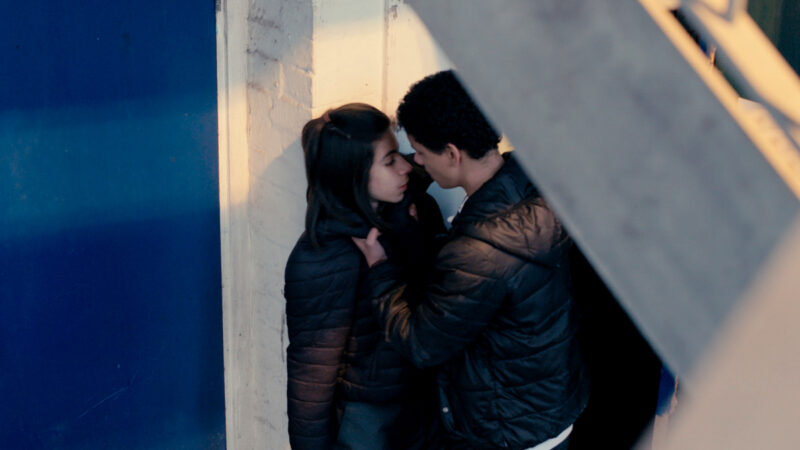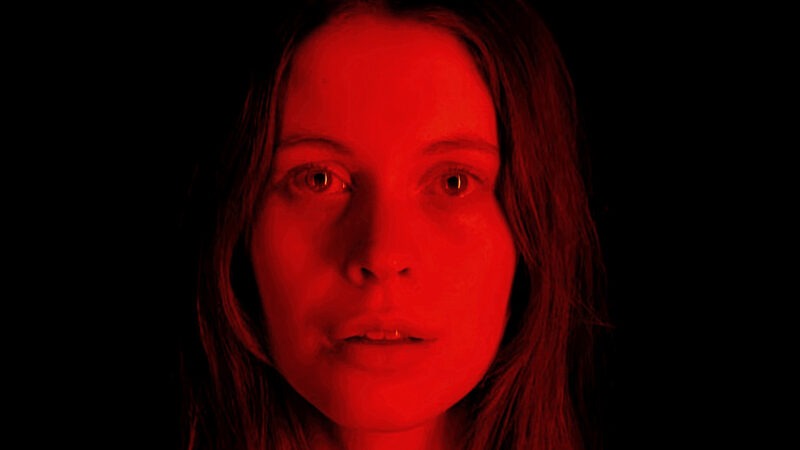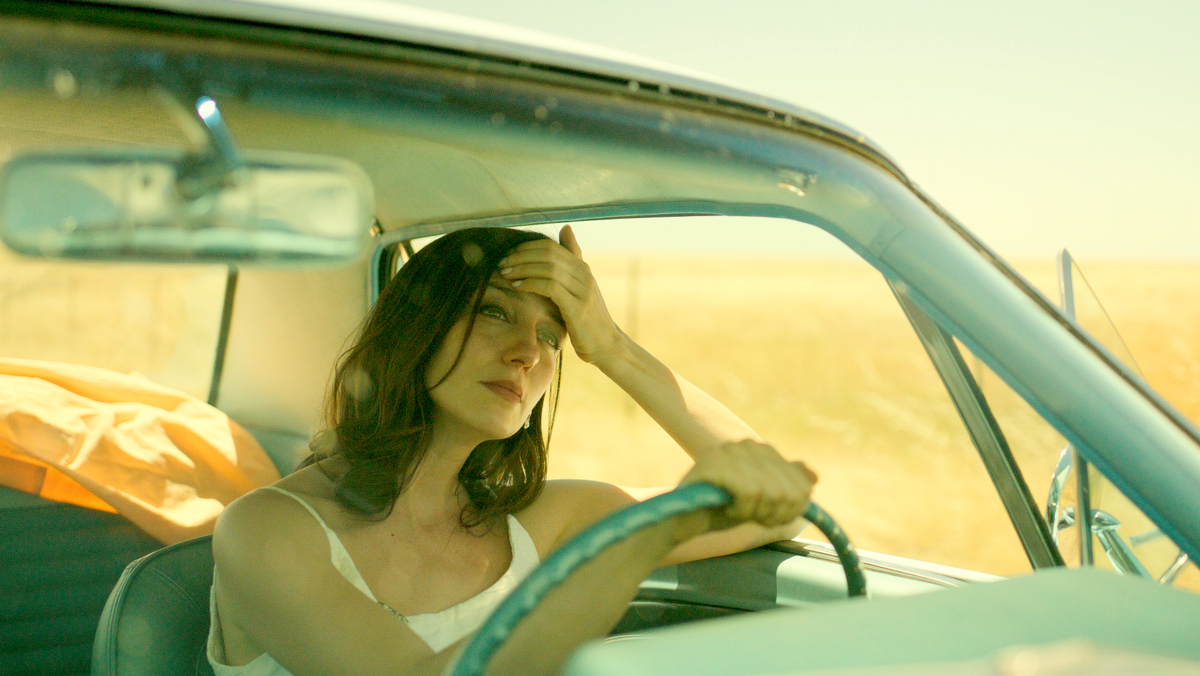
A Film Festival Case Study
Emily Somers Explores Parallels Between the “Feminine” experience in the 1960s and Today in Into the Valley or Emily Somers Tackles the Experience of a Woman Traveling Alone in 1967 California.
Narrative | Dramatic Features
Film Name: Into the Valley
Genre: Drama, Short
Length of film: 20 minutes (21 minutes, 54 seconds with credits)
Date: 8/27/23
Director: Emily Sandifer
Producer: Emily Somers
Writer: Emily Somers
Cinematographer: Jon Pears
Editor: Emily Sandifer
Composer: David Boman
Production Company: Callmeana LLC
Budget: $50,000
Financing: Seed & Spark Crowdfunding Campaign
Shooting Format: Red Komodo
Screening Format: DCP
World Premiere: Los Angeles International Short Film Festival
Awards:
– Best Short Film at the Sacramento International Film Festival 2023
– Best Cinematography Sioux International Film Festival 2023
Website
The Official Trailer for Into the Valley
Watch the Official Trailer for Into the Valley written and produced by Emily Somers
A Short Biography of Emily Somers
Emily moved to LA to pursue a career in film and TV. She was a recurring guest star on Westworld, and starred opposite Jean Smart in the Horror/Thriller feature Awaken The Shadowman. Emily worked with Gerard Butler as Dawn in Gabriele Muccino’s film Playing For Keeps. She appeared in Netflix’s Sandy Wexler, and was the lead in the popular indie thriller ReBoot. Emily was also nominated for Best Actress in a Short Film at the Madrid International Film Festival for her role in Soulmate.
Emily worked as a story analyst for Paradigm and Alcon Entertainment. Also as the assistant to Breakdown & U-571 Writer/Director Jonathan Mostow. Her first short Bingo! was selected as a finalist in the Dances With Films, 2-Minute 2-Step competition. She optioned the film rights to a female-driven novel, Into the Valley by Ruth Galm. Which she has adapted into a screenplay. This is her case study for Into The Valley.
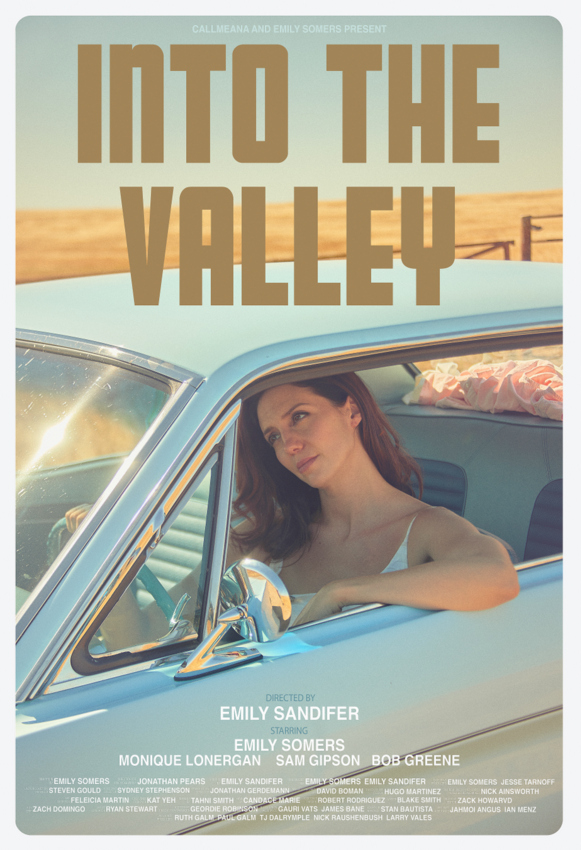
The Emily Somers Interview
indieactivity: What is your film about?
Emily Somers (ES): Into the Valley is a short film/proof of concept based on Ruth Galm’s 2015 novel, which follows a law secretary turned woman-on-the-run in 1967 California. Our protagonist B. is out of place, caught between the traditionalists and the hippie movement and turns to robbing banks, as she struggles with the unaddressed anxiety of not fulfilling gender expectations of being a wife and mother.
She drives a used Mustang and heads for the Sacramento Valley, picking up a teenage girl along the way. I grew up near where the book takes place, and was very familiar with many of the locations throughout. Also, I identified with B. and felt the timing was optimal for a story like Ruth’s with the recent political steps backwards for women’s rights. I optioned the rights to Ruth’s novel in 2017 and first wrote it into a feature, later writing the short to function as both a festival film and proof of concept to promote interest in the feature.
Tell us about the festival run, marketing and sales?
Emily Somers (ES): We had our world premiere at the Los Angeles International Short Film Festival this past July, quickly followed by a screening at HollyShorts and the Sacramento International Film Festival in August, where we won Best Short Film. Upcoming festivals include Sioux City International Film Festival, San Jose International Short Film Festival, and Auto Moto Art & Film Festival.
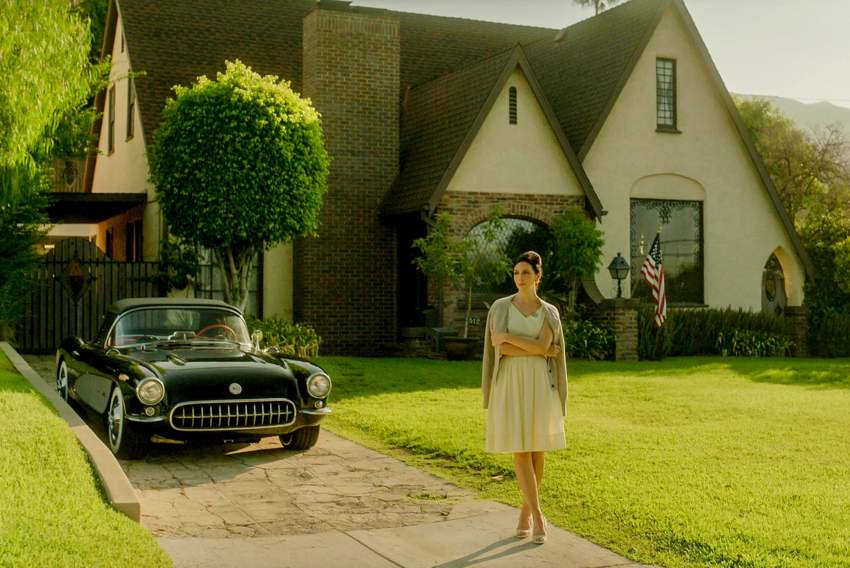
Give the full Official Synopsis for your film?
Emily Somers (ES): In 1967, San Francisco law secretary B. is a woman out of place, caught between the traditionalists and the hippie movement. Struggling with unaddressed anxiety stemming from expectations to become a wife and mother, B. drives her Mustang through the Sacramento Valley, cashing counterfeit checks at banks along the way. When she starts to run low and must reach out to her old admirer Daughtry for help, he refuses to replenish her check supply. Met with suspicion as a woman travelling alone, B. impulsively picks up a hitchhiking teenage girl. When the girl threatens to blow her cover, B. is forced to decide where she belongs.
Development & Financing?
Emily Somers (ES): In order to obtain the rights to the novel, I first approached the author, Ruth Galm, with my genuine love of her story and characters and my vision for making it a film. We were kindred spirits, and that launched a wonderful working relationship and friendship. She put me in touch with her reps, and we negotiated an option agreement. Eventually we amended the agreement to include the addition of a short film/proof of concept to market the feature screenplay.
I wrote both the feature screenplay and the short. Filming a 20-minute period drama is no easy feat, so we had to fundraise a substantial amount of money and be thrifty with how the budget was allocated. We created two Seed & Spark campaigns, one for production and one for post-production and were successfully able to independently raise $50,000 to make the film.
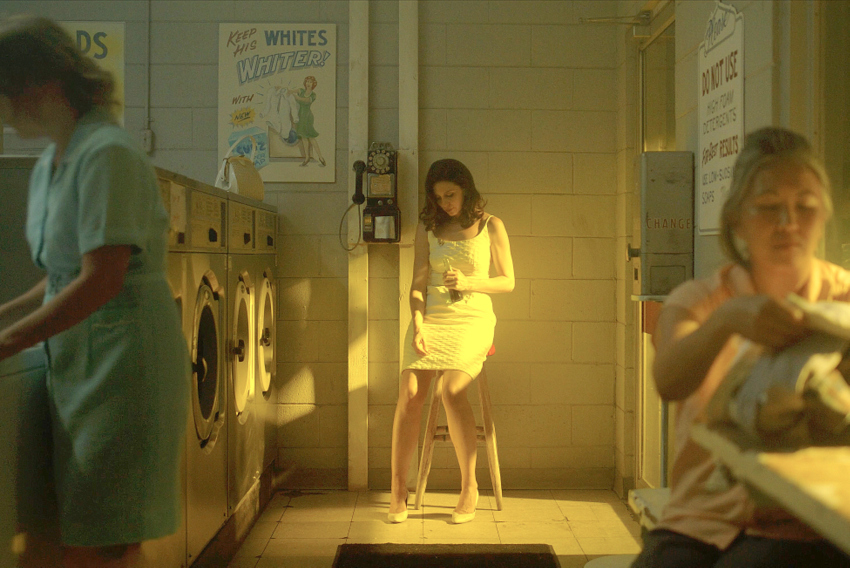
Production?
Emily Somers (ES): We were in pre-production through the first Seed & Spark campaign and went straight into production just a week and a half after it came to a close. Everything moved very quickly. We had already cast the film and planned for a two and a half day shoot on location in the Sacramento Valley where the book takes place. Half the crew were local, as were the majority of actors and the rest were based out of Los Angeles. Since my family lives in the area, I had been location scouting on trips up to visit them over the years and narrowed down potential spots for our director and cinematographer to visit on their scouting trip.
Once we found out which locations were open to filming (thankfully most of them) we were able to schedule our shoot days. I would pop into vintage clothing stores in LA in search of 1960s dresses in the evenings and on weekends. It was a lot of work but rewarding to be involved in so many areas of production. The search for the perfect 1960s Mustang was also a major piece of the puzzle, and a friend connected us to the auto shop that would supply us with all the cars for the film, including our hero car, a baby blue 1966 Mustang.
It was peak summer when we filmed, and the high temperatures were authentic to the book. Fortunately, we were able to stick to our 2.5 day filming schedule. After the shoot we raised additional funds via Seed & Spark for post production costs. Our director Emily Sandifer wanted to edit the film as well. After a few months we had a solid cut to present to our post-production team. Very little ADR was needed, as we liked the genuine sound that came from the Mustang and the realism it captured. We had an incredible post-production team and our composer, David Boman, put together an original score, which completed it.
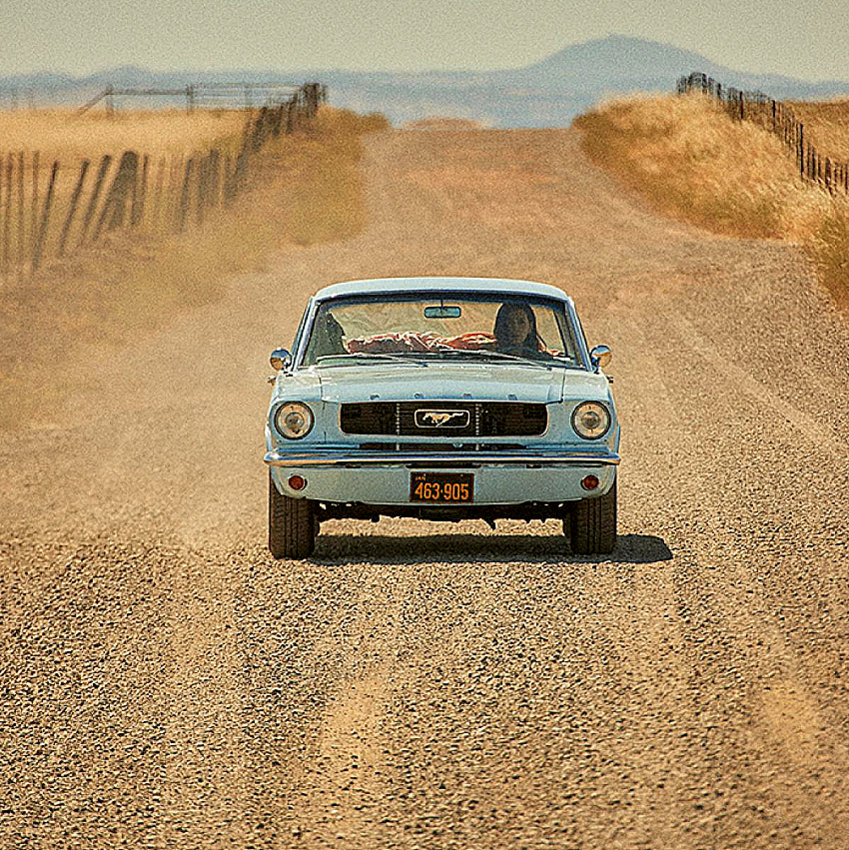
Festival Preparation & Strategy?
Emily Somers (ES): When it came to submitting to festivals, I targeted festivals local to Los Angeles and Northern California, fests with a rural setting or feel similar to our film, those that highlighted or focused on female filmmakers, and of course the top tier festivals. Throughout our campaigns, we used instagram as a platform to promote the film. We also created Facebook and Twitter accounts. For the festival run, I designed a website (intothevalleyfilm.com) and created a press packet. I think HollyShorts definitely gave us the edge…but it’s still early days, and we are awaiting notifications from at least half the festivals we’ve submitted to.
The Release?
Emily Somers (ES): We have not released the film. As part of our option agreement, we cannot sell the short, but I hope interest in the short translates to interest in the feature screenplay.
Advice from the Filmmaker?
Emily Somers (ES): Aside from learning how to option and adapt IP, the biggest takeaway from developing Into the Valley was to give myself more time between fundraising and production. Due to some unexpected events, scheduling changes, and the cast and crew availability, we had to push our campaign slightly, which left us with very little time to transition from fundraising to production….as in days. If I had it to do over, I would fundraise long before entering production. I would also give myself extra time to interview potential crew.
We were able to take our time with casting, but many subsequent crew members were hired through department heads. Connections are great, but it’s always good to meet with everyone who will be on set ahead of the shoot. I wish we’d had the luxury of more time. And finally, put everything in writing, and trust yourself. It’s okay to not know the answer to everything, that’s why you’ve hopefully hired experts in each department, but trust yourself that you know your project better than anyone, stay true to that vision, and don’t be afraid to stand up for it.
Tell us what you think of the Case Study for Into the Valley. What do you think of it? Let’s have your comments below and/or on Facebook, Instagram. Or join me on Twitter.
Socials
Website
IMDb
Twitter
Instagram
MORE STORIES FOR YOU



